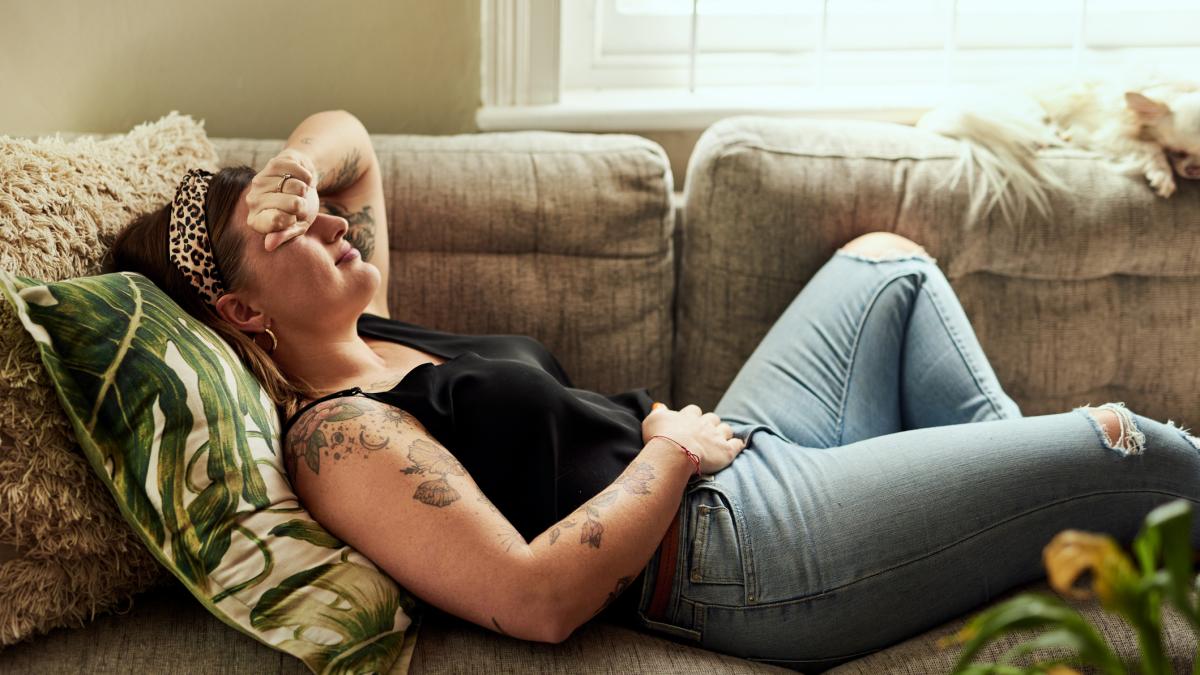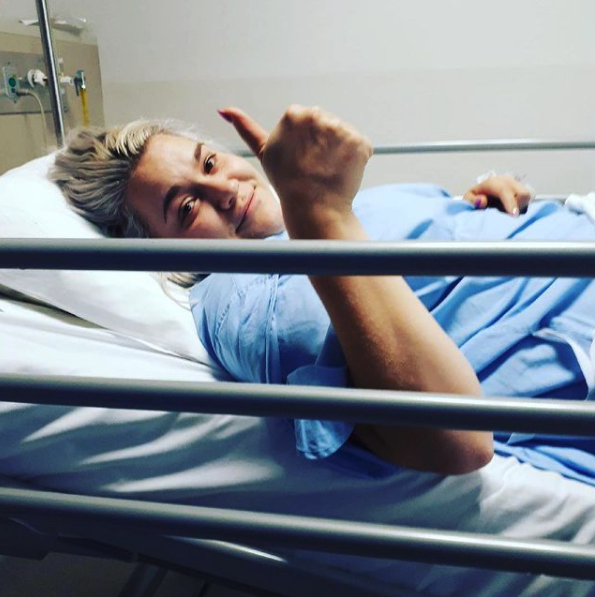
A few years ago, just hearing the government acknowledge the existence of endometriosis was a huge step. It effects so many women, but was so rarely talked about. I was elated when the government released an endometriosis action plan in 2018, and naively thought it would lead to much, much more than it has.
On Tuesday, Josh Frydenberg announced $5 million would be put towards endometriosis. Specifically, it was to support the Periods, Pain and Endometriosis Program, which educates students in SA and WA on period pain, pelvic pain, and endometriosis by speaking at schools.
When I was 13 and desperately trying to understand what was wrong with me, a program like that would have changed my life. If someone had taught me what endometriosis was, then maybe I could have advocated for myself better, instead of having doctors tell me my period pain was normal and nothing could be done.
Very little money is invested into research and treatment in Australia. The 2020 research investment was just $14.55 million, a figure that seems high but equates to just 0.2% of the annual cost of endo – and there seems to remain very little interest from the government in changing that.
Endometriosis causes so many more problems than just bad period pain; you end up with a team of doctors all treating different areas, because it affects every aspect of your life. It is expensive, time consuming, and at times incredibly lonely.

Before my doctors found treatments that worked I missed so much school I eventually dropped out, when I did return it took me two years to finish year 12 because I was so sick. I would regularly miss work, I was casually employed so would go without pay and fear for my job security because of the amount of time I needed to take off. I took a year off from university because I had to have multiple surgeries in a year. I am much better now but I still have times when I am in so much pain I have to cancel my plans or miss work. It’s something you have to navigate every day and I don’t foresee that changing for me at any point.
The personal cost alone is huge: I see a gynaecologist ($150), a pain specialist ($150), two different physios ($60 each), and a lovely but expensive GP ($70). I also spend $252 per month on health insurance, because my gynaecologist will only see private patients, and public wait lists for endometriosis treatments are too long.
But the cost to Australia is eye-watering: endometriosis is estimated to cost $7.7 billion in healthcare, absenteeism, and lost social and economic participation.
Government funding for endometriosis can’t stop at raising awareness – it needs to cover so much more. It needs to consider how much it costs to be sick with this disease, how hard it is to get diagnosed, how long the public waitlists are for diagnostic surgery, the mental toll it has, the fact that despite how common it is there is no cure nor is there even consistent or reliable treatment.
People should not have to accept the bare minimum just because previously we weren’t receiving anything.
It is not enough to just acknowledge that endometriosis exists. People with endo know that it exists, they are acutely aware of that fact every day of their lives. Talking about endometriosis is not enough, acknowledging that it exists is not enough; a real commitment has to involve significant funding for research and treatment. Awareness does not help with the costs, with the exhaustion, or with the pain.
Endo has been ignored for such a long time that just funding a further awareness campaign just feels like it is still being ignored.
Imogen Dunlevie is a recent Masters of Social Policy graduate, whose interests include yelling about women’s pain, policy, and footy on Twitter.



